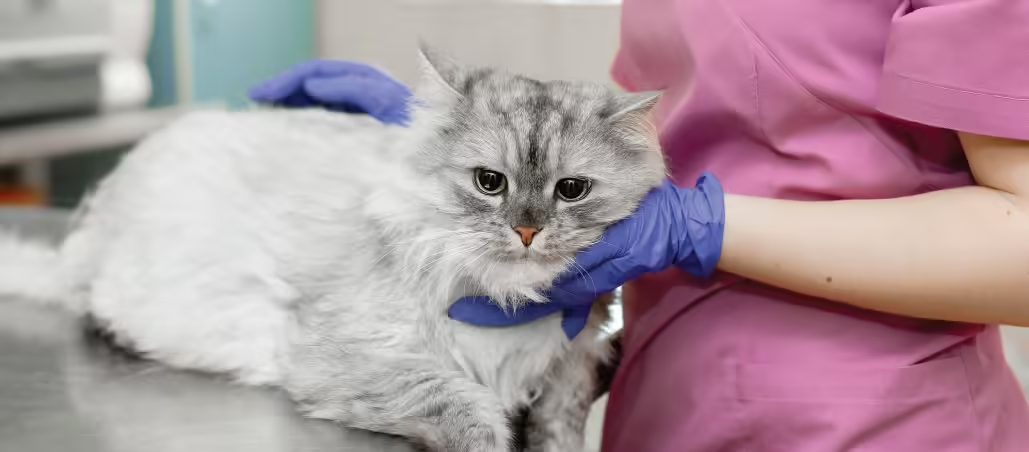Basal Cell Tumors in Cats: What Every Pet Parent Needs to Know
Have you ever noticed an unusual lump on your feline friend’s skin? It might be a basal cell tumor. As a cat owner, understanding basal cell tumors in cats is crucial for your pet’s health and well-being. Let’s dive into what these tumors are, how to spot them, and what you can do to keep your kitty healthy.
What Are Basal Cell Tumors in Cats?
Basal cell tumors are growths that develop in the deepest layer of your cat’s skin. They’re usually benign, which means they’re not typically life-threatening. However, about 10% can be malignant, known as basal cell carcinomas. These tumors can pop up anywhere on your cat’s body, but they’re most common on the head, neck, and shoulders.
Spotting the Signs: What to Look For
As a vigilant pet parent, you’re in the best position to notice any changes in your cat’s appearance. Here’s what to keep an eye out for:
- Firm, raised bumps on the skin
- Hairless patches
- Lumps ranging from tiny (less than a centimeter) to quite large (over four inches)
- For malignant tumors: irritated or ulcerated areas that might bleed or itch
If you spot any of these signs, it’s time to schedule a vet visit.
What Causes Basal Cell Tumors in Cats?
The exact cause isn’t fully understood, but several factors might play a role:
- Environmental triggers
- Genetic predisposition
- Breed (Himalayan, Persian, and Siamese cats are more prone)
- Age (older cats are at higher risk)
Diagnosis: What to Expect at the Vet
If you’ve found a suspicious lump, here’s what might happen at the vet’s office:
- Physical examination to check the lump
- Fine-needle aspiration to collect cell samples
- Possibly a biopsy for a definitive diagnosis
Don’t worry – these procedures are typically quick and minimally invasive.
Treatment Options: Helping Your Feline Friend
The good news is that basal cell tumors in cats are often treatable. Your vet might recommend:
- Surgery to remove the tumor (most common)
- Cryosurgery for small tumors
- Radiation or chemotherapy for malignant cases
The choice depends on the tumor’s size, location, and whether it’s benign or malignant.
Prognosis: What to Expect
Here’s some reassuring news: the outlook for cats with basal cell tumors is generally excellent, especially when caught early. Even malignant tumors have a good success rate with treatment. Your furry friend has a great chance of making a full recovery!
FAQs About Basal Cell Tumors in Cats
Are basal cell tumors painful for cats?
Most benign tumors aren’t painful, but malignant ones can cause discomfort.
Can basal cell tumors in cats be prevented?
While not entirely preventable, regular check-ups can help catch them early.
How fast do these tumors grow?
Growth rates vary, but regular monitoring is important to track any changes.
Wrapping Up: Staying Vigilant for Your Cat’s Health
Understanding basal cell tumors in cats is an important part of being a responsible pet owner. By staying alert to changes in your cat’s skin and seeking prompt veterinary care when needed, you’re giving your feline friend the best chance at a healthy, happy life. Remember, early detection and treatment are key when it comes to basal cell tumors in cats.

